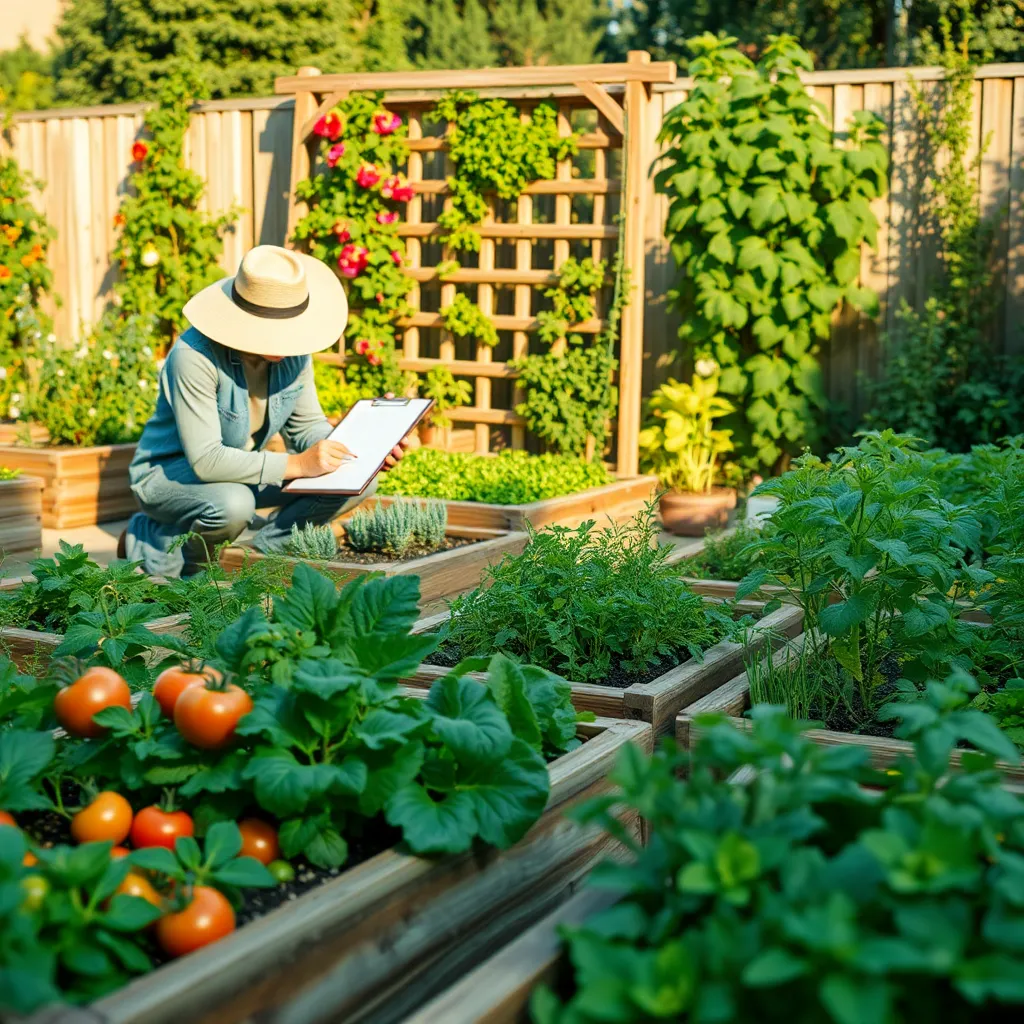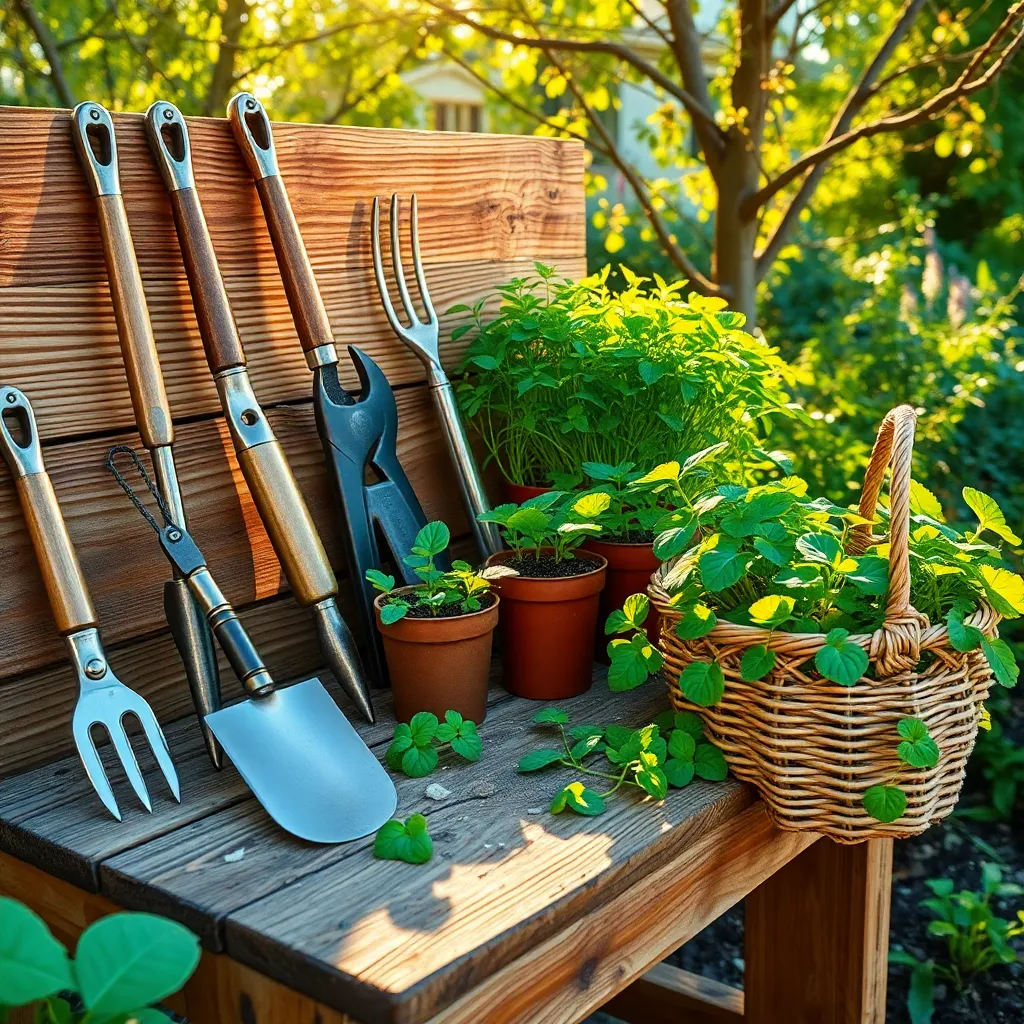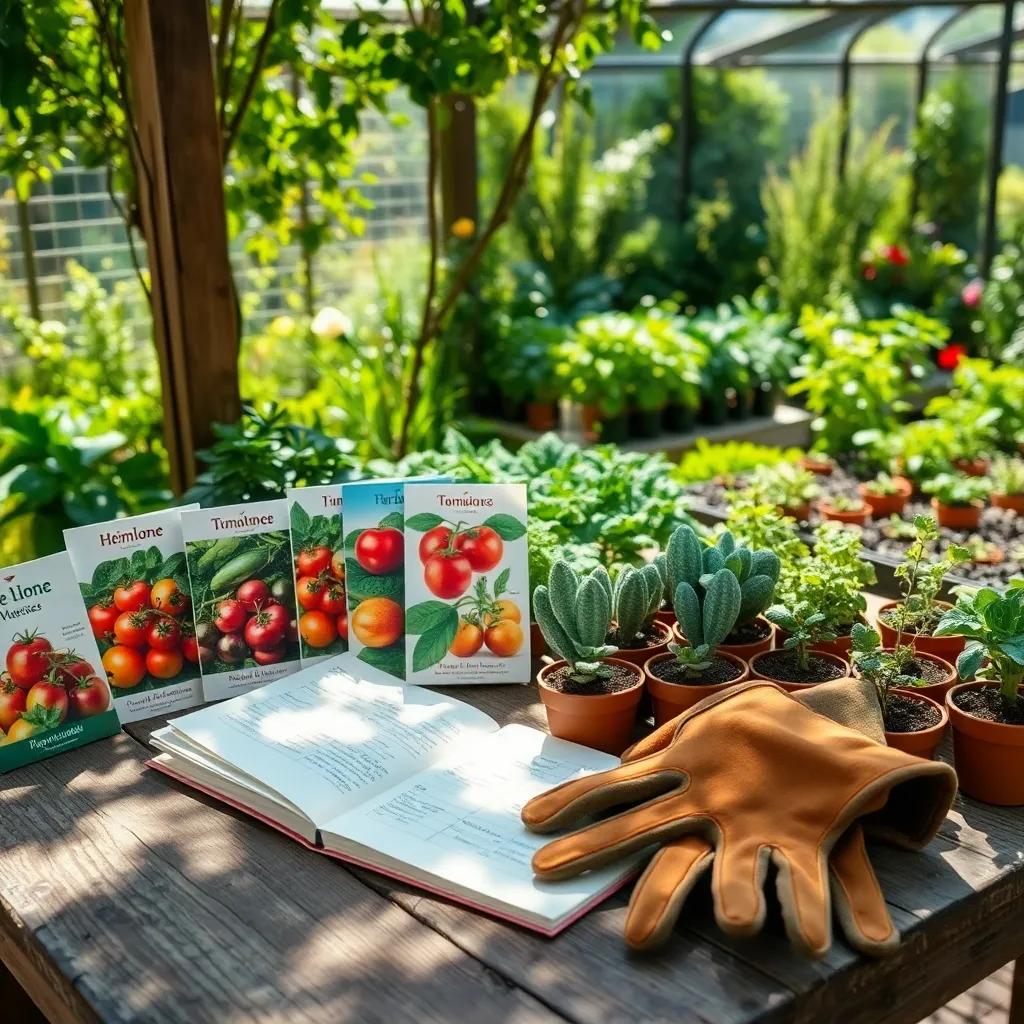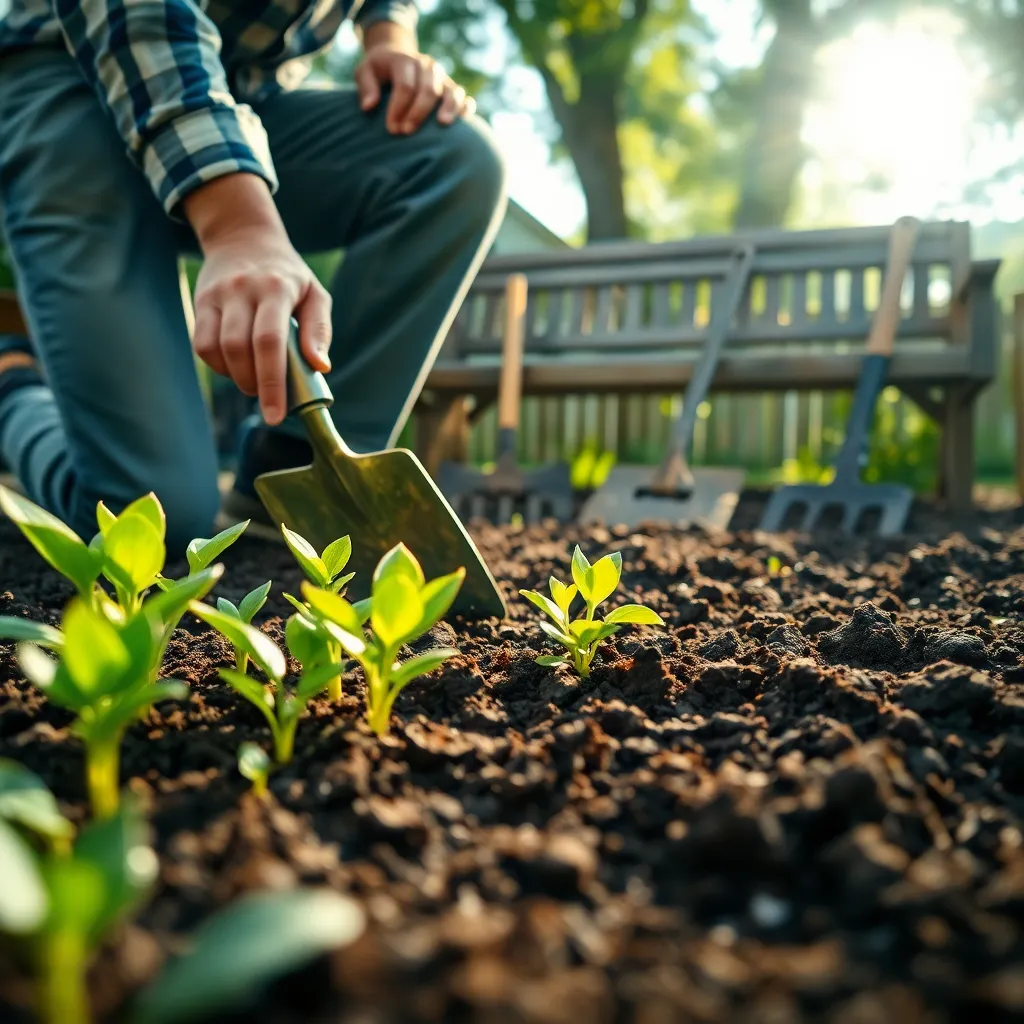There’s something profoundly rewarding about stepping into your garden and realizing it’s a creation of your own hands, a reflection of your care and attention. Whether you’re dipping your toes into the soil for the first time or you’ve already got a green thumb, beginning a home garden is a journey both thrilling and grounding, offering a unique connection to nature right outside your door.
For those just starting, the world of gardening can seem vast and a bit overwhelming, yet it holds so many possibilities to explore. Seasoned gardeners know that even the most experienced among us can benefit from revisiting the basics, refining techniques, and discovering new tips to enhance our garden sanctuaries.
In this comprehensive checklist, we’ll guide you through the essential steps to create a flourishing garden that suits your space and lifestyle, from selecting the right plants to understanding soil health. By the end of this article, you’ll have the confidence and knowledge to cultivate a garden that not only grows but thrives, providing joy and satisfaction throughout every season.
Choosing Your Garden Layout

When planning your garden layout, consider the amount of sunlight your space receives throughout the day. Most vegetables and flowers require at least six to eight hours of sunlight, so choose a location that maximizes exposure.
Think about the space you have and how you can optimize it for your plants. For small areas, vertical gardening and container planting can be effective strategies to maximize growing space.
Creating a garden blueprint can be incredibly useful. Sketch out your garden area and designate specific spots for different plant types, ensuring you account for their mature size and growth habits.
Soil type is another critical factor in your garden’s success. Conduct a simple soil test to determine its pH and nutrient levels, then amend it with compost or specific fertilizers to suit your chosen plants’ needs.
Water access is essential, so plan your layout to make irrigation easy. Consider installing a drip irrigation system for consistent and efficient watering, ensuring that your plants receive the right amount of moisture without over or under-watering.
For advanced gardeners, consider implementing companion planting in your layout. This technique involves pairing plants that benefit each other, such as growing marigolds alongside tomatoes to deter pests, enhancing both growth and yield.
Essential Tools and Supplies

Starting your home garden requires a few essential tools and supplies to ensure a successful growing season. Investing in a quality set of gardening tools can make your gardening tasks easier and more efficient.
A sturdy hand trowel is indispensable for planting and transplanting seedlings. Look for one with a comfortable grip and a durable metal blade to withstand repeated use.
Pruning shears are necessary for keeping your plants healthy by trimming dead or overgrown branches. Choose shears that fit comfortably in your hand and have a sharp, rust-resistant blade.
To ensure your plants thrive, it’s important to have a reliable watering can or hose with an adjustable nozzle. This will allow you to provide the right amount of water to your plants, preventing both under and over-watering.
- Consider using a rain gauge to monitor rainfall and adjust your watering schedule accordingly.
- Adding a soil test kit to your supplies can help you understand the nutrient composition of your garden soil.
- For those looking to compost, a compost bin is a great tool for creating nutrient-rich soil amendments.
Gardening gloves are crucial for protecting your hands while working with soil and plants. Choose gloves that are durable yet flexible enough to allow for dexterity.
Lastly, a garden fork is useful for loosening soil and incorporating compost into your garden beds. It’s particularly valuable for aerating compacted soil, ensuring that roots receive adequate oxygen.
Selecting Suitable Plant Varieties

Choosing the right plant varieties is crucial for a thriving home garden. Start by considering your local climate and the specific conditions of your garden space, such as sunlight exposure and soil type.
To ensure success, select plants that are well-suited to your region’s growing season. For instance, if you live in a cooler climate, opt for hardy vegetables like kale or root crops such as carrots that can withstand lower temperatures.
Consider the maintenance needs of each plant variety before making your selection. Some plants, like succulents, require minimal watering and are perfect for gardeners who prefer a low-maintenance approach.
Experiment with companion planting to maximize space and improve plant health. Pairing plants like tomatoes with basil not only saves room but also enhances flavor and deters pests naturally.
Preparing the Soil Effectively

Proper soil preparation is essential for a thriving home garden, as it directly impacts plant health and productivity. Begin by testing your soil to determine its pH and nutrient levels, which helps you understand what amendments may be needed.
Amending the soil with organic matter, such as compost or well-rotted manure, improves soil structure and fertility. This not only enhances water retention but also promotes beneficial microbial activity, creating a robust environment for your plants.
For beginners, a simple soil mix of one-third garden soil, one-third compost, and one-third coarse sand can be effective for most garden beds. This mixture ensures good drainage and aeration while providing essential nutrients to support plant growth.
Advanced gardeners might consider double-digging their beds to further improve soil quality and root penetration. This technique involves loosening the soil up to two feet deep, which can be particularly beneficial in compacted or clay-heavy soils.
Setting a Maintenance Routine

Establishing a maintenance routine is crucial for a thriving home garden. Begin by scheduling regular watering based on your plants’ specific needs, which could range from daily to weekly, depending on the climate and soil type.
To prevent over-watering, always check the soil moisture before adding more water—soil that feels dry an inch below the surface often needs watering. Additionally, consider using mulch to retain moisture and suppress weeds, which can significantly reduce your garden’s maintenance needs.
Fertilizing is another key component of garden maintenance, and it’s important to choose the right fertilizer for your plants. Use a balanced fertilizer for most vegetables and flowering plants, applying it every four to six weeks during the growing season for optimal results.
Pruning is essential to encourage healthy growth and prevent diseases. Regularly remove dead or diseased branches and spent flowers to keep your plants vigorous and productive.
Conclusion: Growing Success with These Plants
As you embark on the enriching journey of starting a home garden, remember the heart of this endeavor lies in nurturing relationships—both with your plants and your loved ones. We’ve covered five key concepts: creating a shared vision with your partner, dividing tasks to cultivate teamwork, communicating openly about goals and challenges, celebrating small victories together, and learning from each other’s strengths and weaknesses. These principles not only yield a flourishing garden but also strengthen the bonds that matter most.
Your immediate next step? Grab a calendar and set a date for your first gardening session together. This will serve as a tangible commitment to both your garden and your relationship.
Don’t forget to bookmark this article as a handy guide through the seasons of growth, both in your garden and in your relationship. By doing so, you equip yourself with insights that can be revisited and adapted to nurture your journey.
Looking ahead, remember that the seeds of effort you plant today can blossom into a future filled with thriving connections and shared accomplishments. Let this be the start of something beautiful, where every leaf and bloom tells the story of your love and teamwork.

